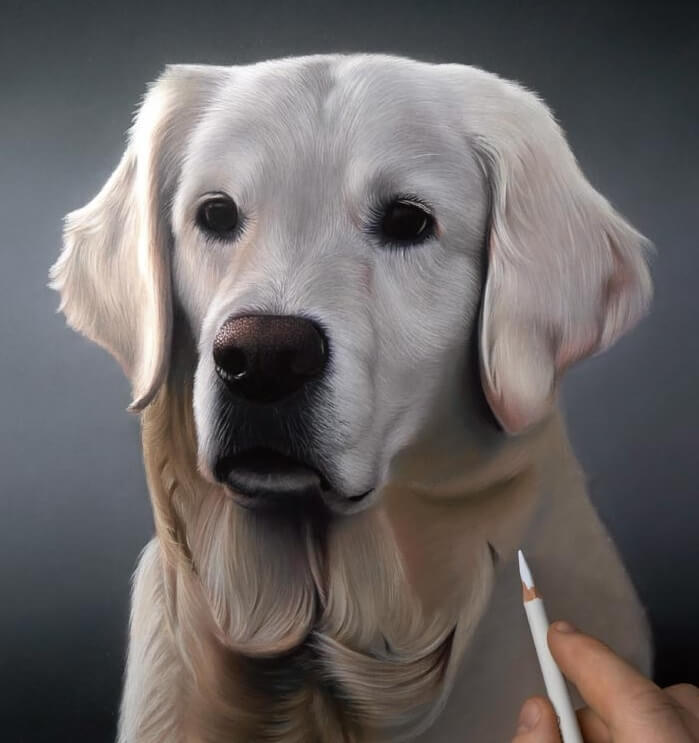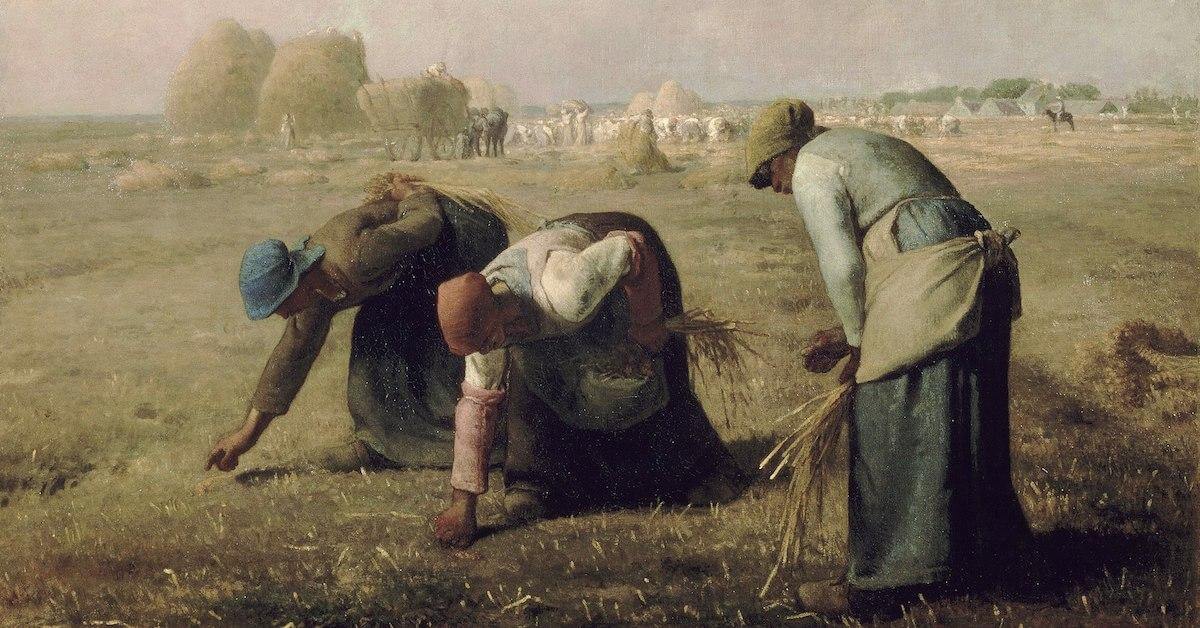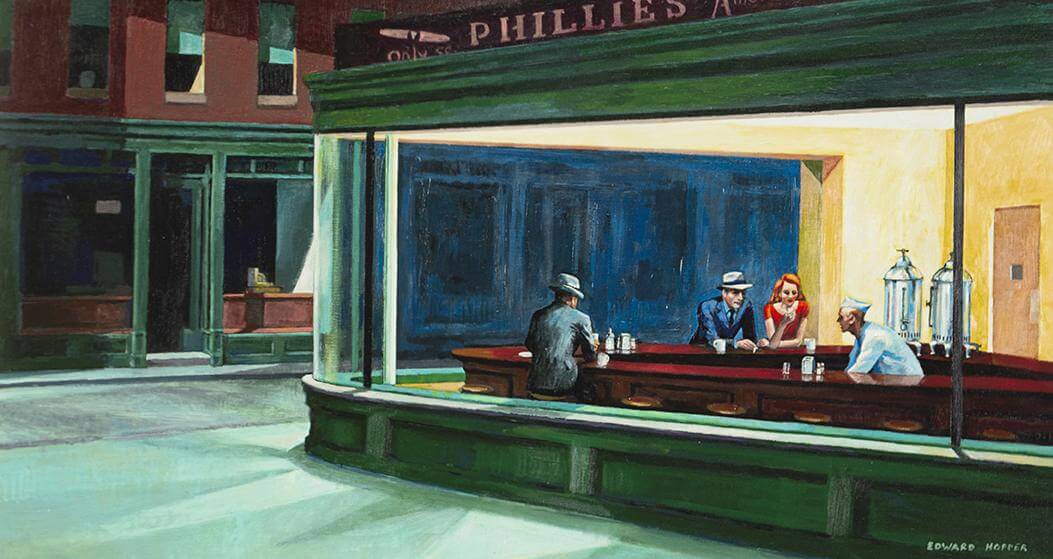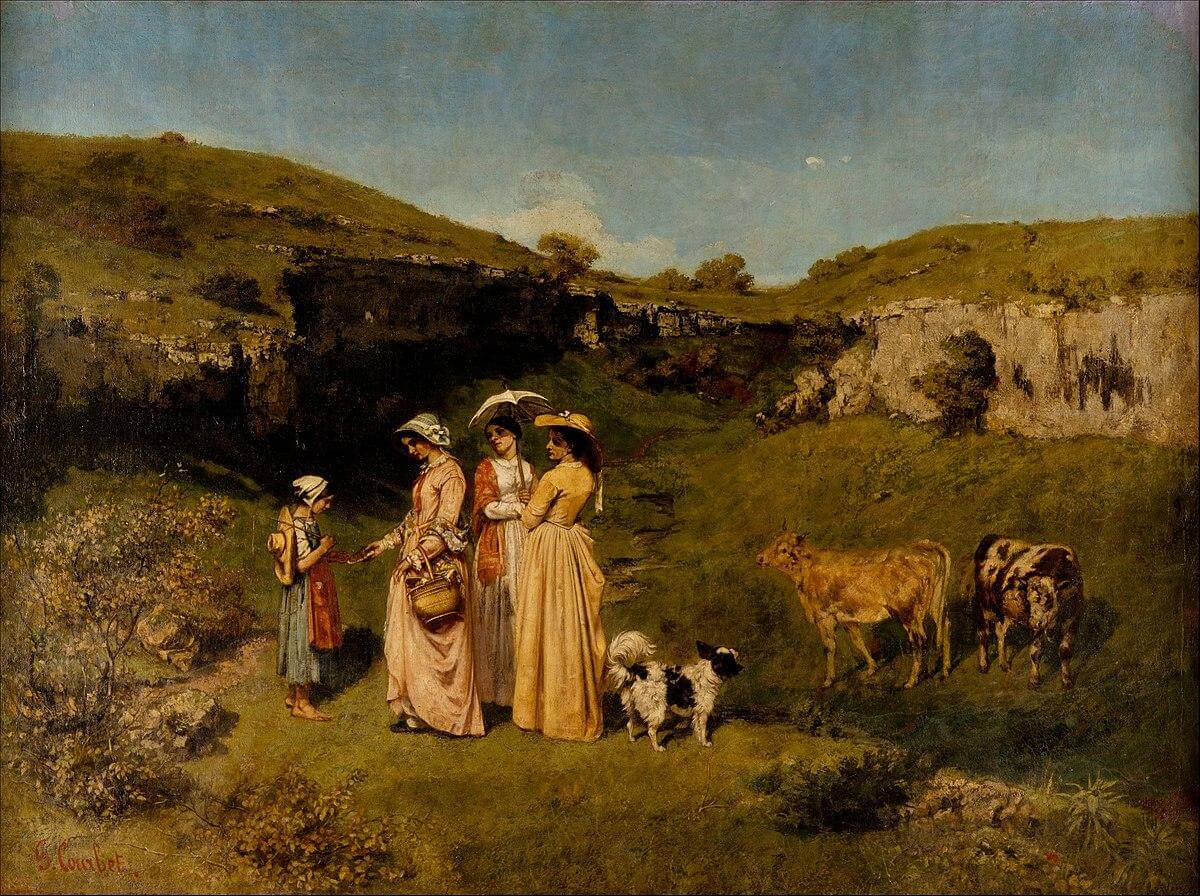Realistic art, commonly known as realism, is traditionally used to describe the movement during the 19th century that utilized day-to-day scenes and people as subject matter, portraying them in a naturalistic style.
Nowadays, the term realistic art is also utilized to describe works of art that are painted so realistically that they almost look like a photograph.
If you want to learn more about realistic art? Here are some interesting facts you should know.

Realistic art is sometimes confused with naturalism, but the terms are actually quite different.
Realistic art is an approach to art in which subjects are depicted in a way that captures their true essence, rather than presenting them in an idealized or distorted form.
This approach can be seen in the work of many artists, including Leonardo da Vinci, Michelangelo, and Rembrandt. You can also see this in a furryroyal realistic dog painting.
These artists were able to create incredibly lifelike images by studying their subjects carefully and using their techniques to accurately capture small details.
As a result, their work provides a realistic view of the world that is often more compelling than idealized versions.

While the exact origins of Realistic art are difficult to pinpoint, the earliest known examples date back to the mid-19th century.
According to research, realistic art started as an artistic movement in France in the early 1850s after the revolution.
This period saw a dramatic shift in artistic thinking, as artists began to rebel against the idealized visions of the past. Instead, they sought to capture the world as it truly was, warts and all.
The movement started as a way to reject Romanticism. For those who don't know, Romanticism was extremely prevalent during that period. It's about the exotic subject matter, intensified drama, and exaggerated emotions.
The realism movement resulted in a more naturalistic approach to art, with paintings that featured ordinary people in everyday settings. People even started getting realistic pet portraits.
Realistic artists tried to represent these individuals in a more accurate and truthful approach. They did not gloss over the more unpleasant elements of life.
While some critics decried this new style as vulgar and lowbrow, others praised its honesty and realism.
Today, Realistic art remains an important part of the artistic canon, with many modern artists continuing to explore its potential.
The leading figure of Realism, Gustave Courbet, was a French painter who rejected the idealized depictions of reality in favor of gritty, honest portrayals of the world.
His paintings caused quite a stir in his day, as they were so different from what people were used to seeing. Many considered his work to be offensive, but Courbet didn't care - he wanted people to see the world as it really was, not as some idealized version.
Thankfully, Courbet's work is now appreciated for its honesty and realism, and he is considered one of the most important painters of the nineteenth century. Today, a lot of painters use this style. For instance, you can easily find a furryroyal realistic dog portrait with a realistic art style.
Thanks to him, we now have a more realistic view of the world around us.
Courbet laid the groundwork for the movement in the 1840s when he started to portray laborers and peasants on a grand scale. Usually, grand scales are only reserved for allegorical, historical, or religious subjects.
Before the radical appearance of Courbet, painters didn't depict scenes as they saw them. Rather, they idealized them.
This means that these artists removed any imperfections and flaws in the scene. Unfortunately, Courbet found this method extremely detrimental to painting. According to him, getting rid of imperfections and flaws only removed any sense of individuality.

As a result of the success of realistic art in Europe, artists in the United States adopted the method shortly after its emergence.
One of the best examples of realism in America is the unidealized portraits of Thomas Eakins, "Portrait of a mother" by James Abbott McNeill Whistler, and the "Nighthawks" by Edward Hopper.
In addition to that, realistic art and the realism movement also directly influenced prominent contemporary art movements. This includes hyperrealism and photorealism.
Building on the remarkably modern focus of Realism, these genres highlight the evolving and enduring legacy of the revolutionary movement.
Today, a lot of artists are still using realistic art styles when painting a realistic cat portrait.
Jean-Francois Millet's "The Gleaners" is often cited as the best example of Realism in art. The painting depicts a group of peasant women collecting leftover grains from a field after the harvest.
The women are shown in various poses, some bent over double, others standing upright. Their clothes are plain and their faces express fatigue and resignation.
There is no idealization of the scene; instead, Millet has painted a simple and honest portrayal of rural life. The use of light and shadow helps to create a sense of depth and realism, while the muted colors add to the overall feeling of fatigue.
"The Gleaners" is a powerful and moving painting that provides a glimpse into the lives of those who were often overlooked by society. It is an excellent example of Realism at its best.
Some artists even use "The Gleaners" as an inspiration when painting realistic 3D cat portraits.
If you look at the cows, they also look a little messy. Today, people are using his depiction of cows when drawing realistic animal portraits.

